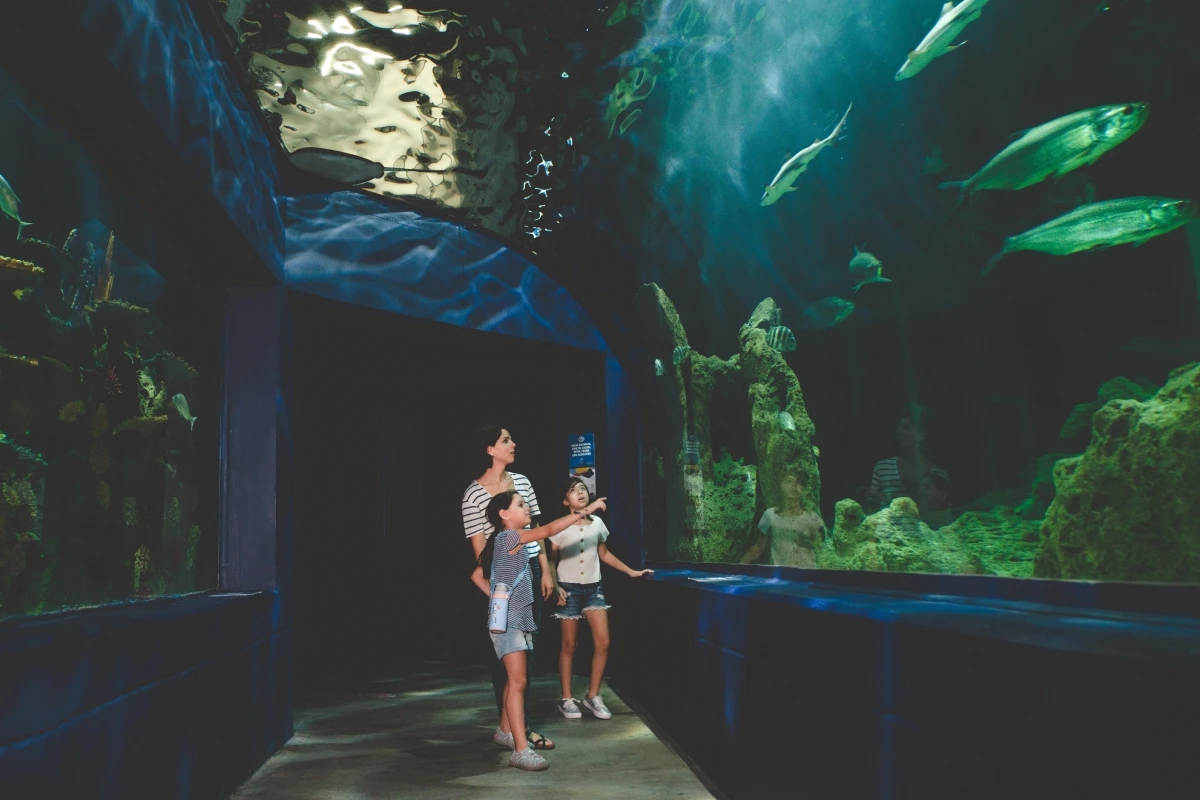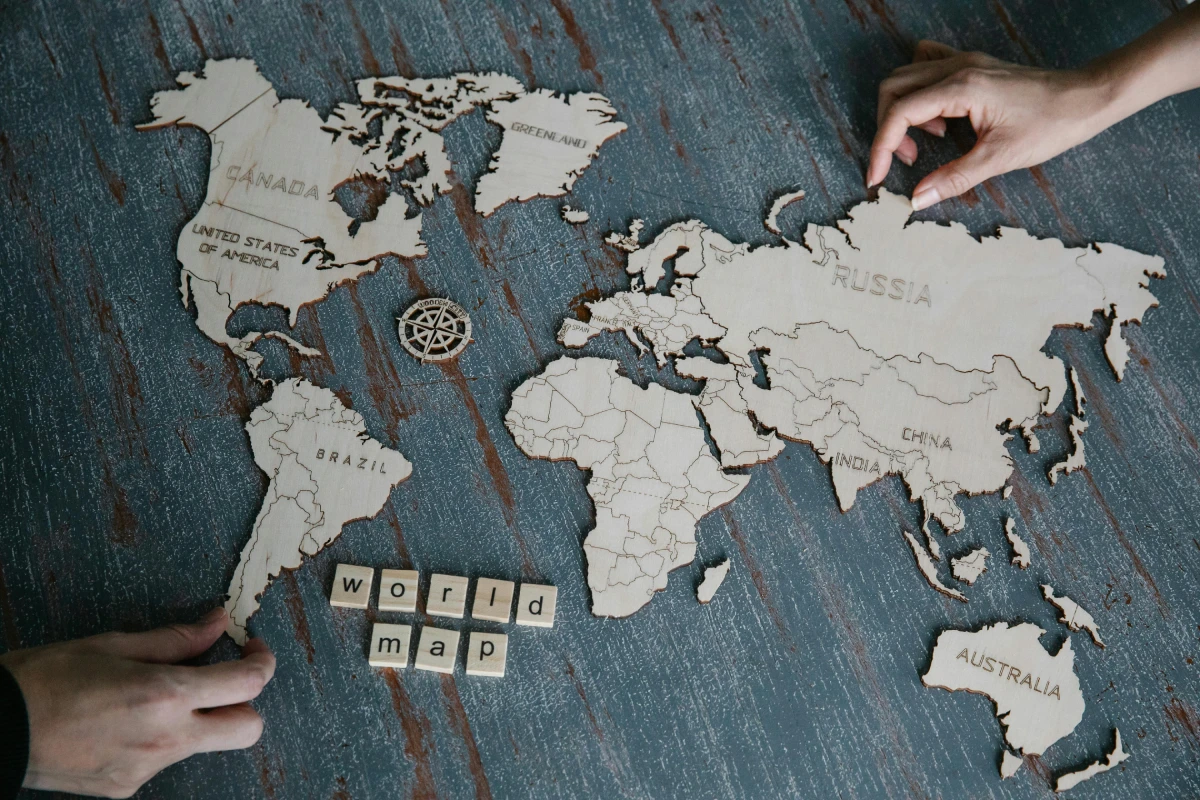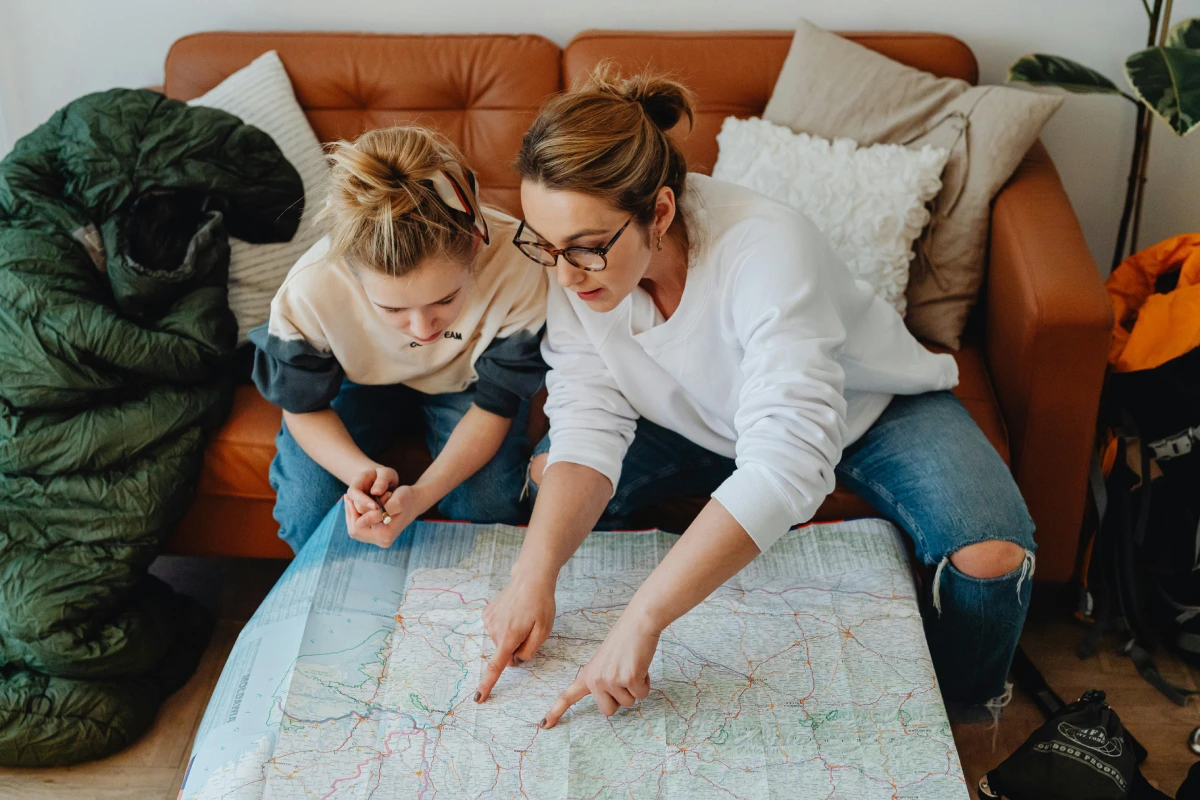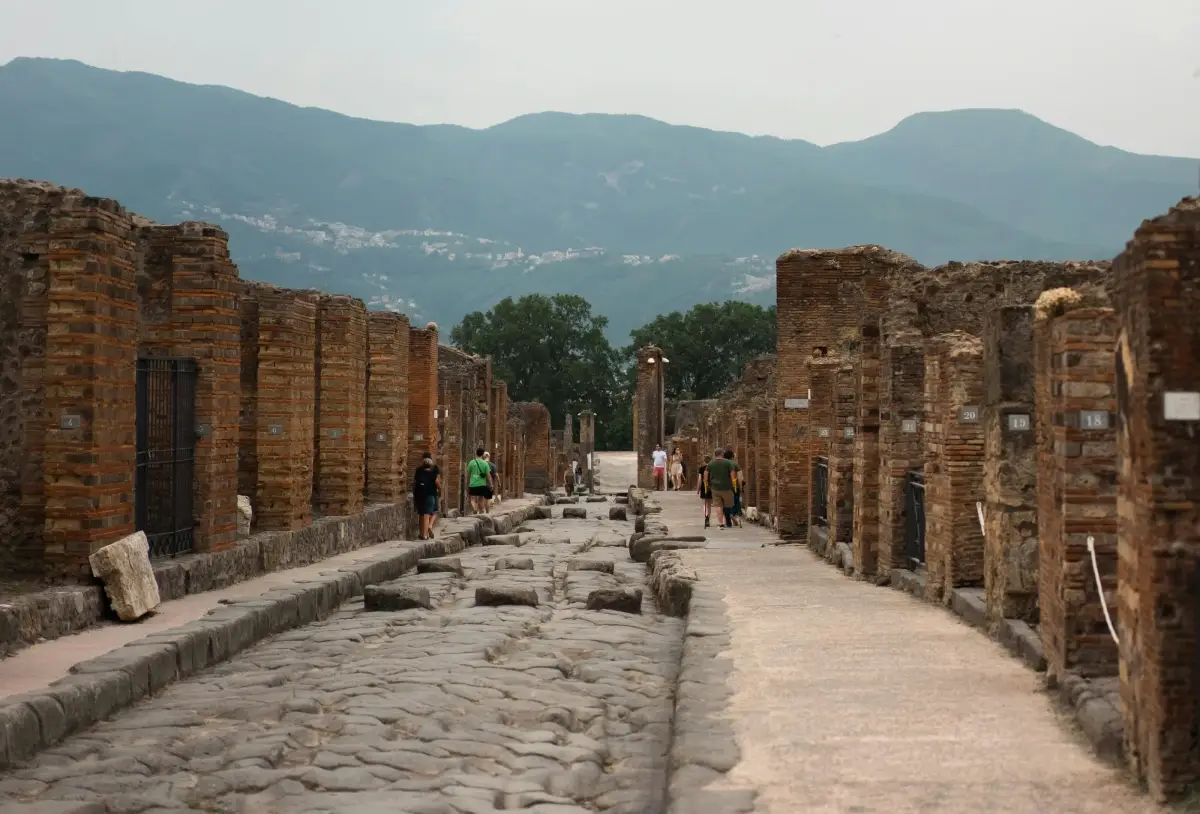Family travel is tailored with everyone in mind. You can even improve it further with an educational travel focused on getting interactive learning tips. A trip to a historical landmark/ science museum/ cultural site can make learning fun! In this guide, we’ll help you plan memorable cultural family trips that are not only educational but can also be a lot of fun.
Why Choose an Educational Family Vacation?
Educational vacations broaden children’s understanding of the world and spark curiosity. Here are some benefits of educational travel:
- Hands-on Learning – Real-world visits make lessons more engaging.
- Cultural Awareness – Exploring different traditions builds global understanding.
- Encourages Curiosity – Kids develop a more profound interest in history, science, and geography.
- Quality Family Time – Strengthens family bonds through shared experiences.
Step 1: Choosing the Right Destination

The success of an interactive learning trip hinges on picking the right destination for your family’s interests.
1. Historical Destinations
For history-loving families, ancient sites and museums make the past come alive. Consider these places:
- Rome, Italy – Explore the Colosseum and Pompeii ruins.
- Athens, Greece – Discover the Acropolis and Greek myths.
- Washington, D.C., USA – Visit Smithsonian museums and historical sites.
2. Science and Nature Adventures
If your kids love science and nature, these destinations offer exciting experiences:
- CERN, Switzerland – Learn about particle physics in a real lab.
- Galápagos Islands, Ecuador – See biodiversity and conservation up close.
- Yellowstone National Park, USA – Observe geysers, wildlife, and geological wonders.
3. Cultural and Language Immersion
For families seeking cultural experiences, these destinations bring language and traditions to life:
- Kyoto, Japan – Join a traditional tea ceremony.
- Marrakech, Morocco – Explore markets and Moroccan crafts.
- Paris, France – Take language classes and visit famous art museums.
Step 2: Planning Interactive Learning Activities

A good itinerary ensures educational travel stays fun and engaging.
1. Museum Tours with a Twist
Instead of just browsing exhibits, consider:
- Guided Family Tours – Many museums offer interactive tours for kids.
- Scavenger Hunts – Join museum games to make learning fun.
- Hands-on Workshops – Let kids create art, conduct experiments, or try historical crafts.
2. Outdoor and Wildlife Experiences
Nature is a great classroom for curious minds. Look into:
- Eco-Tours – Visit national parks with guides who explain ecosystems.
- Wildlife Encounters – Visit conservation centres or zoos with behind-the-scenes experiences.
- Stargazing Nights – Explore observatories and learn about constellations.
3. Cultural Exchanges
To deepen cultural understanding, include:
- Cooking Classes – Learn to make local dishes together.
- Home Stays – Stay with local families for true immersion.
- Traditional Festivals – Attend celebrations to see unique traditions.
Step 3: Preparing for the Trip

A smooth cultural family trip begins with solid preparation.
1. Research Before You Travel
- Read books and watch documentaries about your destination.
- Share key historical facts and cultural insights.
- Learn some basic phrases in the local language.
2. Pack Smartly
Be sure to bring:
- Educational Materials – Travel journals, activity books, and maps.
- Comfortable Clothing – Dress for the climate and local customs.
- Tech for Learning – Tablets with language apps and documentaries.
3. Set Expectations
Talk to your children about what to expect during cultural family trips. Encourage curiosity and prepare them for cultural differences they may see.
Step 4: Making the Most of the Experience

To ensure a meaningful interactive learning trip, engage in reflective activities.
1. Encourage Observation and Discussion
- Ask open-ended questions: “What surprised you the most today?”
- Compare experiences with what they already know.
- Take notes or sketch interesting sights.
2. Create a Travel Journal
- Document daily experiences with drawings and notes.
- Collect tickets, postcards, and brochures.
- Let kids write about their favourite moments to encourage storytelling.
3. Use Technology Wisely
- Capture educational photos and videos.
- Let kids research places they visit in real-time.
- Use interactive apps to add to their learning.
Step 5: Continuing the Learning After the Trip
An educational travel experience should not end when you get home.
1. Reinforce Learning
- Encourage kids to share their experiences through presentations or scrapbooks.
- Watch related films or documentaries together.
- Try cooking traditional food from your destination at home.
2. Stay Connected with New Cultures
- Start pen pal programs with kids from different countries.
- Keep learning the language you introduced on the trip.
- Support conservation or educational projects related to your travels.
Step 6: Budgeting for Your Educational Family Vacation
So, by budgeting, you ensure that you can get the most out of all of those learning experiences without putting an undue strain on your finances. Here’s how you can get your costs under control:
1. Seek Educational Discounts- Numerous museums, historic sites, and science centres offer family rates or free-entry days. Some cities have tourist passes that bundle several educational attractions, too, at a discounted price.
2. Book Budget-Friendly Accommodations- Find affordable options such as homestays, hostels with family rooms or even vacation rentals. There are other education opportunities, like cultural immersion or nature reserves.
3. Save on Transportation- You can travel by public transportation and save money while learning about the culture. Investigate city passes for unlimited travel or walk tours to immerse yourself in local life firsthand.
The best time to go to the beach with family can vary based on individual preferences, but here are a few suggestions for cost-effective activities that you can enjoy with your family at the beach.
4. Choose Cost-Effective Activities- Although some activities come with fees, many free educational experiences await you, ranging from public parks and historical landmarks to cultural festivals.
Step 7: Involving Kids in the Planning Process
Giving children a role in planning the trip enhances their engagement and learning experience.
- Let Them Help Choose Destinations
Provide a shortlist of educational locations and let them research and vote on their favourites. This fosters decision-making skills and excitement for the trip.
- Encourage Kids to Create an Itinerary
Have children plan a day’s schedule based on their interests. To make the trip more personalised, they can include must-visit attractions, meal options, and activities.
- Assign a Trip Responsibility
Make kids responsible for specific tasks, such as tracking expenses, navigating with maps, or documenting experiences in a travel journal.
Step 8: Enhancing Learning Through Local Interactions
Connecting with locals can provide a deeper cultural understanding and create lasting memories.
- Meet Local Experts
Arrange for guided tours with historians, scientists, or cultural experts who can offer unique insights beyond what guidebooks provide.
- Visit Local Schools or Libraries
Some destinations allow visitors to tour schools, participate in language exchange programs, or attend library storytelling sessions.
- Engage in Community Service
Volunteering as a family—such as helping at an animal sanctuary or joining conservation projects—teaches children valuable life lessons about global citizenship and responsibility.
Final Tips for a Successful Educational Family Trip
- Stay flexible – While a structured itinerary is essential, allow for spontaneous learning opportunities.
- Encourage reflection – Have daily discussions about discoveries and experiences.
- Keep the fun alive – Balance education with relaxation so the trip remains enjoyable for everyone.
Plan your family vacation well because travelling with kids can be a hassle sometimes. Add interactive learning to make it unforgettable. This journey can spark discovery, curiosity, and cultural enrichment. With the right approach, every trip becomes a classroom without walls. It offers a chance to explore, engage, and grow together.
Turn Your Holiday Into a Learning Experience
An educational trip makes a holiday a learning experience. Interactive learning trips strike the perfect balance of fun and education, making lifelong memories and expanding young minds. From historical sites to cultural festivals and science adventures, cultural family trips provide some enriching experiences beyond the regular holiday.
Where is your next learning adventure on your calendar? Let us know in the comments!

